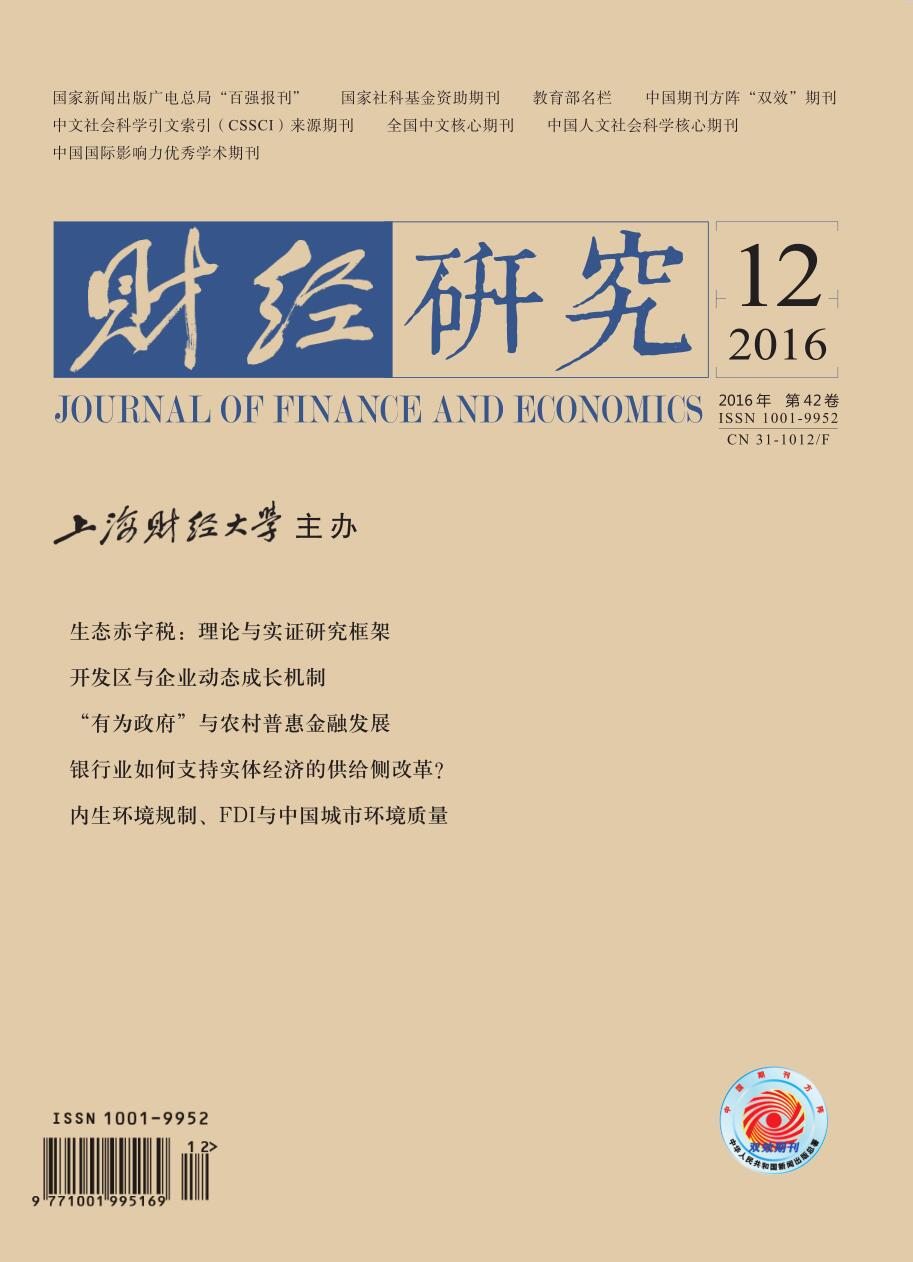Based on price system determined by ecological footprint analysis and ecological service value theory, this paper calculates ecological deficits and their value, proposes environmental tax plan of value compensation, constructs green social accounting matrix and environmental tax CGE model by regarding ecological occupation as an input factor, and analyzes the environmental, employment, growth, distribution and trade effects of tax plan under 5%, 10% and 30% of compensation intensity through comparative analysis of numerical simulation. It comes to the results as follows:firstly, the ecological deficit tax plan has a double dividend effect on the reduction in ecological occupation and employment growth; secondly, the total output and intermediate inputs decline as a whole; the nominal GDP increases and the green GDP grows faster, but the real GDP declines, indicating that tax policies can result in the rise in price indexes to a certain extent; thirdly, owing to higher-level ecological deficit compensation, government tax revenues improve greatly, and their growth rate is higher than the growth rates of labor and capital factors, but the proportions of income of residents and corporate revenues decline slightly. Based on the proportions of resources related tax and environmental tax in total tax revenues, as well as the tax structures and changing trends of OECD nations, this paper finally suggests that compensatory rate of the ecological deficit tax should be lower than 5%.
 / Journals / Journal of Finance and Economics
/ Journals / Journal of Finance and EconomicsJournal of Finance and Economics
LiuYuanchun, Editor-in-Chief
ZhengChunrong, Vice Executive Editor-in-Chief
YaoLan BaoXiaohua HuangJun, Vice Editor-in-Chief
Ecological Deficit Tax: A Theoretical and Empirical Research Framework
Journal of Finance and Economics Vol. 42, Issue 12, pp. 4 - 15 (2016) DOI:10.16538/j.cnki.jfe.2016.12.001
Abstract
References
Abstract
Cite this article
Wang Keqiang, Xiong Zhenxing, Liu Hongmei. Ecological Deficit Tax: A Theoretical and Empirical Research Framework[J]. Journal of Finance and Economics, 2016, 42(12): 4–15.
Export Citations as:
For




 7712
7712  6745
6745

